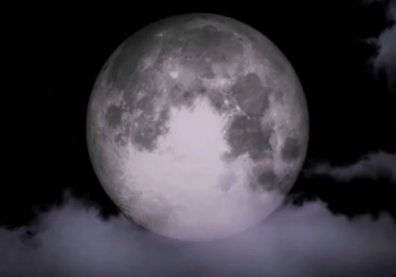2016 will end with a stunning celestial entertainment delivered by an impossibly large moon. If you've missed the first two supermoons, another one is to appear come December. This is the final supermoon of the year and missing it isn't just an option. Here's what you need to know about when and how to see it.
What Is A Supermoon?
Today's generation know of the supermoon as a full moon that's so close to Earth than average. However, the term supermoon was originally used in modern astrology to indicate a new or full moon that happens when the moon is within 90 percent of its closest approach to Earth in a given orbit, according to NASA.
Given that the orbit of the moon is elliptical one side, or a perigee, it is particularly closer to the Earth on this side than the other. If the moon coincidentally is on the opposite side of the Earth from the sun, a perigee moon occurs or what we all call a supermoon.
When Is The Next Supermoon?
November's supermoon created history; apart from being the biggest supermoon in 70 years, it was also the closest full moon in the 21st century, Space reports. Thecoming supermoon, however, is going to be extra special. Occurring on December 14, the last supermoon of the year will be accompanied by the Geminid meteor shower, which peaks December 13 and 14.
A caveat stands, however; the supermoon will somehow outshine the meteor shower. NASA says that the moon's bright light will decrease the visibility of faint meteors five- to tenfold. If you're lucky enough, you will see a dozen Geminids per hour upon its peak. Mark December 14 in your calendars already. 2016 has been a chockfull of off-putting events, but at least we get to end the year with an extraordinarily beautiful spectacle.






